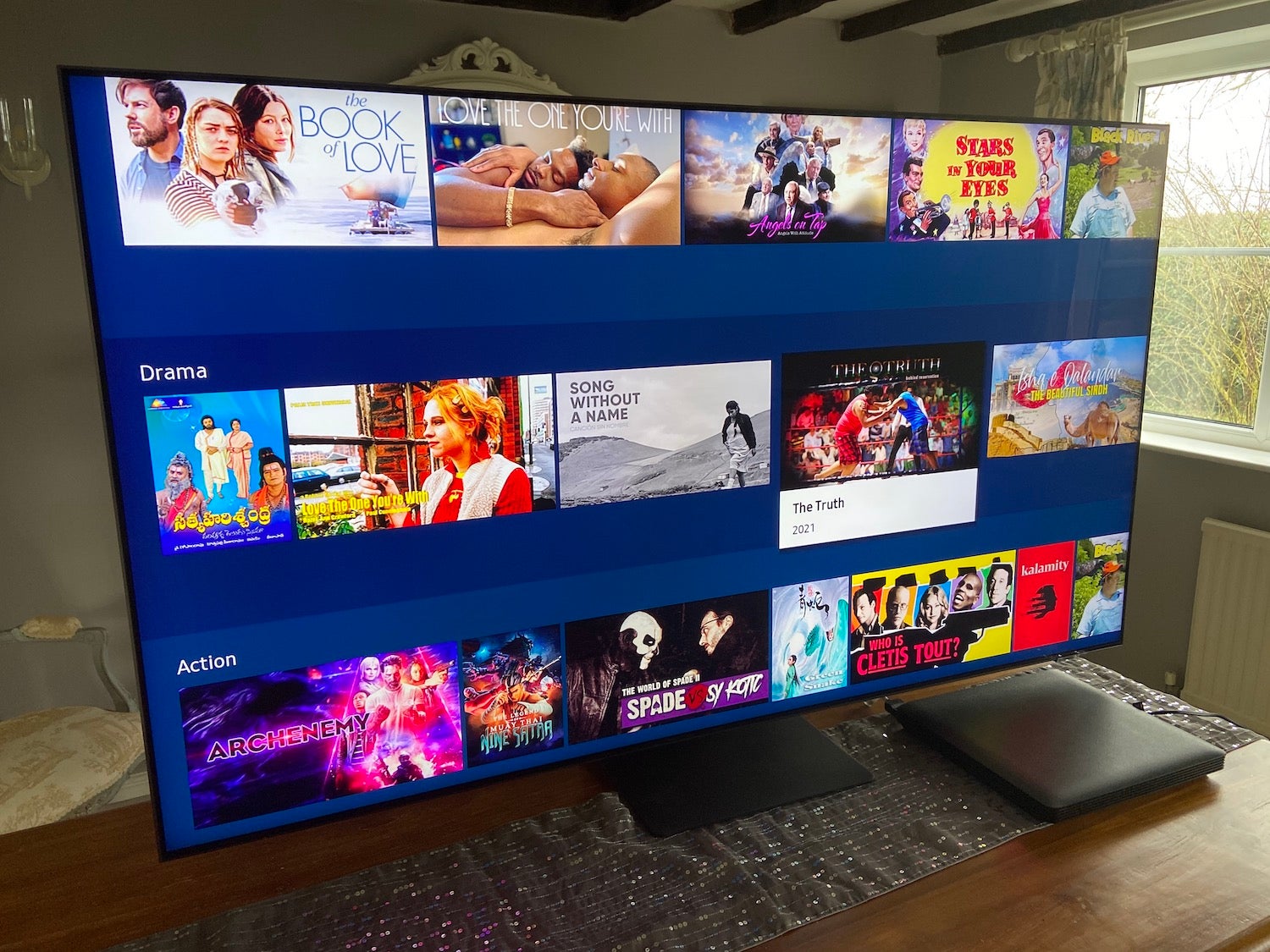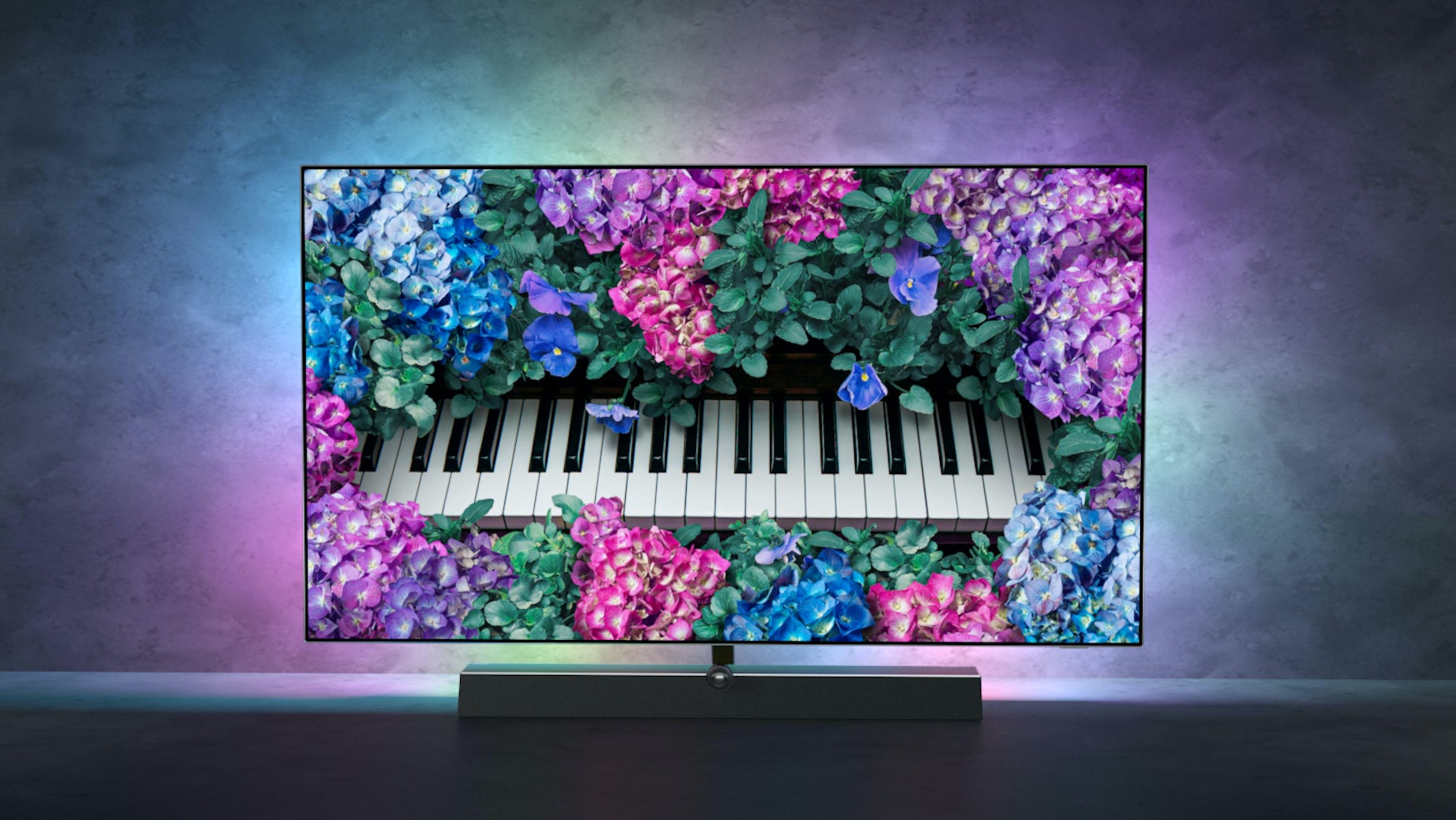LG 65NANO906 Review
Great 4K performance and everything a gamer might desire makes the LG an authentic option
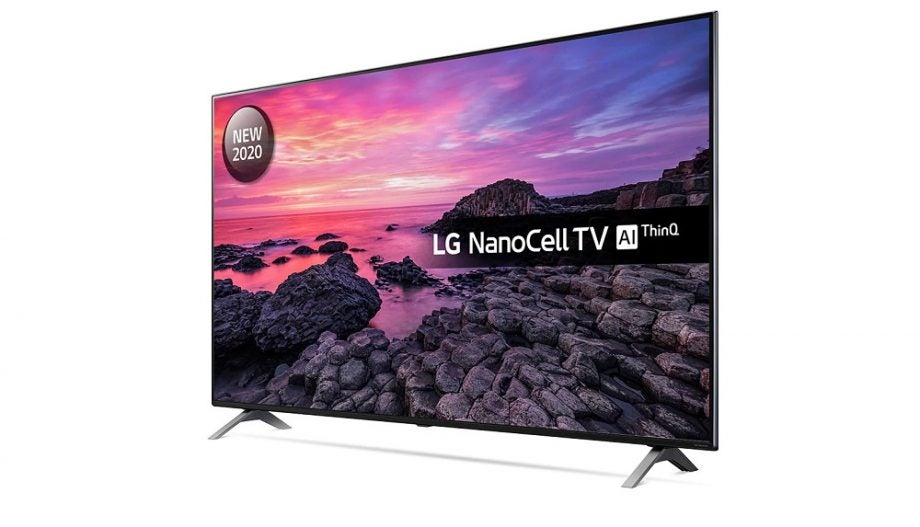

Verdict
It’s not rocket science: you want an LG 65NANO906 because you want a big, feature-packed TV that looks great with 4K content, promises a brilliant next-gen gaming experience and doesn’t cost an arm and a leg. And you don’t mind that it’s a bit of a bloater.
Pros
- Looks good with native 4K content
- As future-proofed, games-wise, as they come
- Half-decent sound
- Good OS
Cons
- Some backlighting issues
- Not the most capable upscaler
- Lacks UK catch-up TV services (for now)
- Looks deep if wall-mounted
Key specifications
- HLG, HDR10, Dolby Vision, Dolby Vision IQ
- webOS
- voice control
- VRR, ALLM, FreeSync, HGiG
- Filmmaker mode
The LG NANO 90 (65NANO906) sits near the top of LG’s 4K NanoCell range and comes in 55, 65 and 75-inch sizes.
Lately, it’s been hard to shake the feeling that LG has a lot more love for its OLED TV ranges than its LED designs. To a degree this is understandable – considering the acclaim and sales LG’s OLED TVs have been enjoying, the company can be forgiven for taking its eye off the LED ball.
But with its new Nano range – of which this LG NANO 90 sits right near the top – it seems LG is about ready to stop treating LED like an unwelcome stepchild and instead welcome it properly back into the family.
Price and availability
The LG NANO 96, at the time of review, was priced at £1699/$1499/€1499/CAD$1599. It’s not on sale in Australia where the the LG NANO 90, which features a different stand design, takes its place. Since review it’s dropped down to under £1000 at online UK retailers.
Design
- Depth of panel may hinder wall-mounting
- IPS screen
- Feet instead of central stand
Of course, one of the reasons LG might conceivably have become a bit blasé about LED TVs is that they’re just so unglamorous, in design terms at least, when compared to their OLED alternatives. Just have a look at this LG NANO 90, and you’ll see what I mean.
From the front, it’s unremarkable in a good way. The bezel surrounding the IPS screen is slim and smoothly curved at the corners, and its deep grey finish isn’t too reflective. The feet it stands on are as plasticky as the bezel but are as equally fit for purpose (as long as you have a very wide surface on which to stand it).
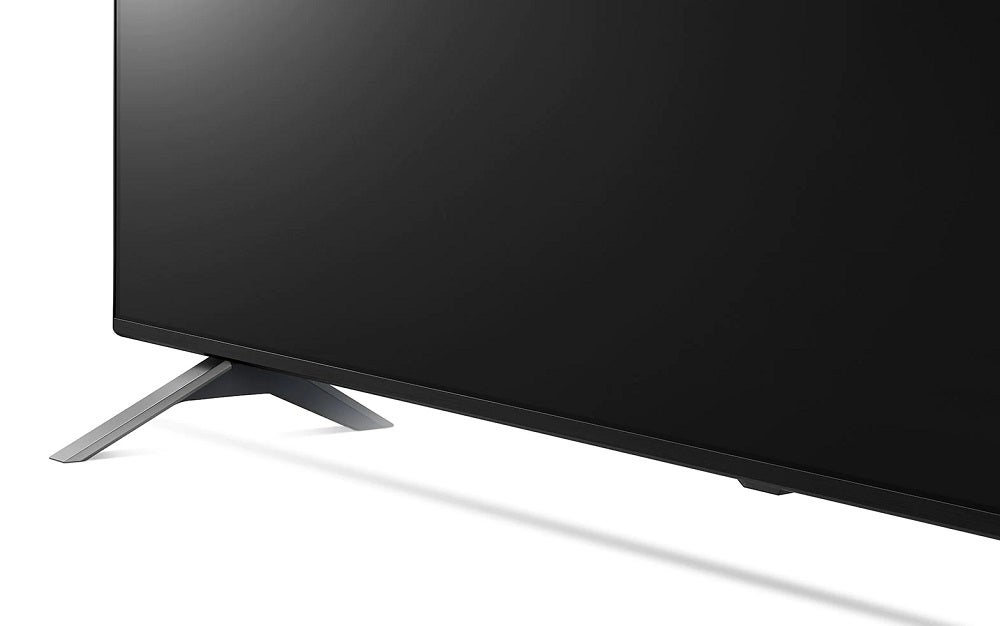
From the side, though, it’s a different story. Part of the appeal of OLED TVs is their almost supernatural skinniness; this vanishingly low profile isn’t something LED TVs could ever hope to achieve. But the 65NANO906 is more than 7cm deep – which may not look all that much when written down, but makes the TV look old-fashioned in the flesh. Anyone who wants to hang their expensive new TV on the wall might take one look at the LG’s profile (or its 24kg weight) and decide it isn’t for them.
At the rear, the 65NANO906 is just one curved expanse of plastic. There’s one significant cutaway, though, where its inputs and outputs are arranged – and in terms of connectivity, the LG begins to make far more sense.
Features
- Supports next-gen gaming features
- Dolby Vision IQ included
- webOS serves up lots of apps
There are four HDMI inputs, two of which are rated at 2.1 specification and compatible with 4K@120Hz – which means they’re happy to handle anything the Xbox Series X or PS5 can throw at them. They’re joined by 3x USB 2.0 inputs, a CI card slot, aerial posts for the on-board satellite and terrestrial TV tuners, and an Ethernet socket. Outputs run to a digital optical and an analogue 3.5mm socket (which is at line-level and thus can be used with headphones).
Those physical connections are joined by dual-band Wi-Fi, AirPlay 2 connectivity and Bluetooth 5.0. The latter is bolstered by Bluetooth Surround Ready, so with a couple of compatible wireless speakers, you can achieve pain-free surround sound.
This is where LG demonstrates just how serious it is about LED TVs this time round. The LG NANO 90 absolutely piles in the features and, as a consequence, moves smoothly from “mildly interesting” to “genuinely intriguing”.
The 65NANO906 uses LG’s NanoCell technology in a drive to deliver the most convincing images possible. It uses nano-particles designed to strip unwelcome colour frequencies from the picture information. In theory, this should make colours purer and more convincing. And the pixels are lit by LEDs arranged in a full-array configuration, divided into 32 individually operable dimming zones. “32” is far from an impressive number in this context – but, it isn’t how many individual dimming zones you have but what you do with them.
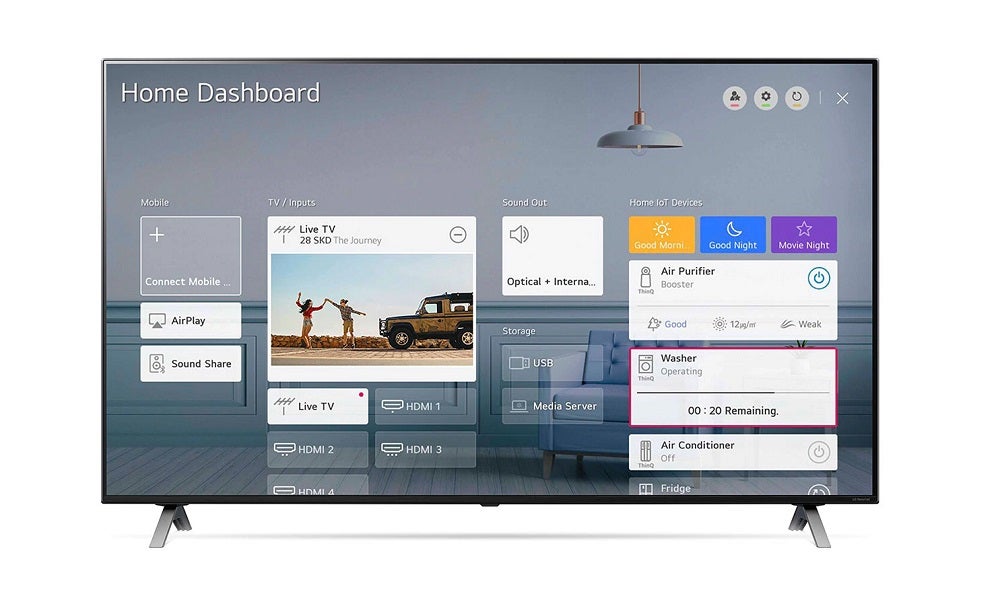
Of course, having backlit the pixels and then purified the colours they produce, the LG offers quite an extensive adjustment of the various elements of picture performance. There are some preset viewing modes (Vivid, Sports, Standard and so on) as well as the ability to customise the 65NANO906’s images at a “contrast” or “colour temperature” level, for example. Each preset has its pros and cons, and each element of micro-adjustment can play a part in the resulting image – but the most interesting of all the modes is Filmmaker Mode.
In theory, Filmmaker Mode defeats every single one of the TV’s clever picture-processing algorithms, instead seeking to deliver an image that’s as close to the original intention of the filmmaker as possible. In practice, it doesn’t quite work like that.
To be fair, the appearance of Dolby Vision IQ is almost as diverting. The LG features HLG, HDR10 and Dolby Vision HDR modes – and Dolby Vision IQ, which uses the light sensor built into the LG NANO 90 to make on-the-fly adjustments to picture quality.
HDR content is available from many of the numerous streaming services embedded in the LG’s webOS smart TV interface. It remains one of the slickest, least convoluted and most satisfying operating systems around – despite the rather involved picture setup menus – and is full almost to the brim with viewing options. Compulsory apps Netflix and Amazon Prime Video are joined by Disney Plus, Apple TV and pretty much every other high-profile streaming service. There are also quite a few more obscure options grouped in a folder called “LG Channels”.
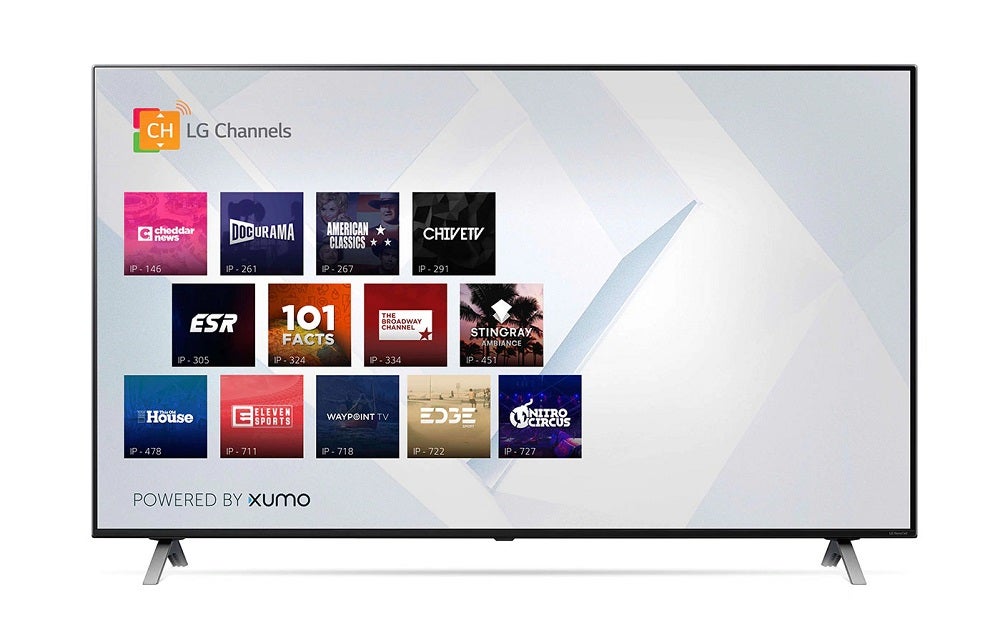
However, conspicuous by their absence are the UK’s major catch-up TV apps. Somehow LG and Freeview failed to come to an arrangement in time for all the the UK catch-up s to appear on the company’s 2020 range of TVs (so far iPlayer, ITV Hub and All4 have made it as individual apps). A deal is in the works to save this happening in 2021, though.
As well as providing extensive viewing options, webOS also allows the setup and sequencing routines of any Internet of Things device on a common network. There’s the opportunity to get involved in some retail therapy (if anything on the screen catches your eye), or to identify the music that’s accompanying the pictures.
Navigation of this extensive suite of features can be achieved in a couple of ways. The 65NANO906 is supplied with a “Magic” Bluetooth-powered point-and-click remote control, which is a more rapid way of entering information than your standard remote control. Or there’s voice control, accessed either via the big, bold “mic” button on the handset (Google Assistant and Amazon Alexa are available), and the screen itself has a mic for use with LG’s ThinQ range of AI products.
The LG is bursting with functionality for active as well as passive viewers. Gamers will already be on high alert thanks to the appearance of HDMI 2.1 inputs with 4K@120Hz capability – and LG gives gamers even more of the come-on with its support for Auto Low-Latency mode, Variable Refresh Rate, FreeSync and HGiG HDR tone-mapping. Add these to a sub-13ms response time – which will be swifter still at 120Hz – and the 65NANO906 could be the great big games monitor plenty of people have been waiting for.
Picture quality
- Enjoyable performance with 4K HDR content
- Good motion skills
- Lacks detail in the image’s darkest parts
If you’re going to do the right thing by your LG NANO 90 (and “the right thing” in this instance basically means “feed it a diet of 4K HDR material either via a streaming service or a UHD disc-player”), you’ll be rewarded with a picture that’s pretty much all “pro” and very little “con”.
A 4K HDR10 disc of Spike Lee’s BlacKkKlansman, for example, looks enjoyable in almost every way. There’s a (mildly ironic) lack of detail retrieval from the blackest tones of the movie, but once up above there the level of detail is pretty impressive. Information regarding texture, the subtleties of patterns and the nuances of skin-tone are all served up in a naturalistic and believable manner. LG’s NanoCell technology would seem to earn its keep here, too – the colour palette the 65NANO906 paints from is wide-ranging enjoys real breadth of tonality and is convincing in every circumstance.
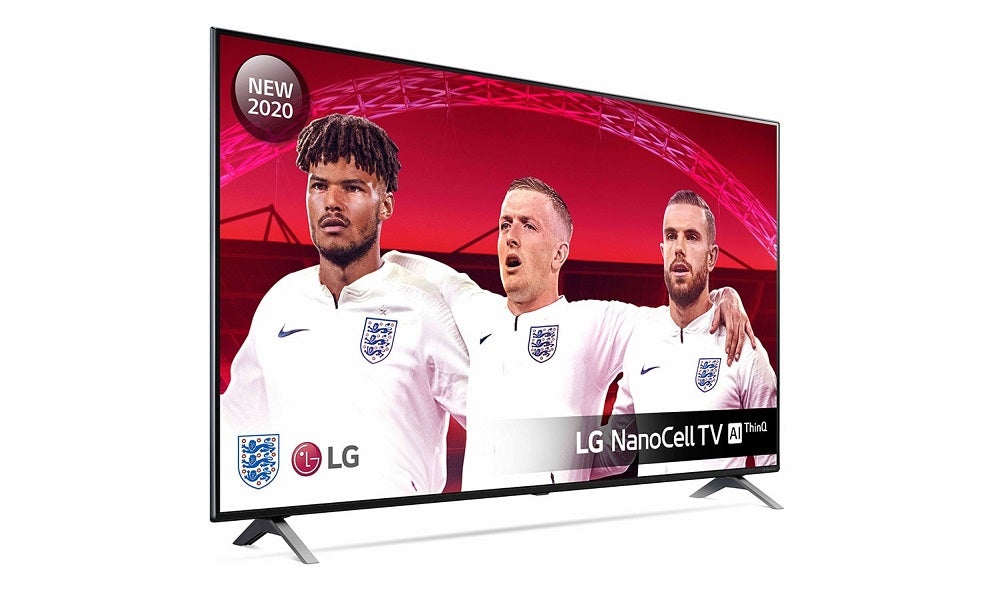
The LG does good work with motion, too, keeping edges smooth and uniform even during the most testing instances of movement. There’s a reasonable depth of field to images, and picture noise is repressed zealously.
The 65NANO906’s backlighting can give itself away in the most high-contrast, dark-scene-with-bright-white-elements moments – there is mild, but discernible, haloing around the white parts of an otherwise-black scene. But this, along with the paucity of detail in the deepest black tones, is what constitutes “shortcomings” where the LG’s best-option images are concerned.
Switch to Filmmaker Mode and first impressions aren’t all that great – the punchiness and sharpness of the picture seems to take a hit. But look a little longer, especially in low-light environments, and you’ll see the gains in colour fidelity and second-stage detail levels. And despite what you may have heard, there’s still the facility to trim the picture to your taste. This is especially welcome where motion-tracking is concerned.
The LG looks almost as composed when streaming the Dolby Vision-enhanced Mindhunter via Netflix. You may find yourself dipping back into the setup menus to ensure motion doesn’t become hesitant, and again to try to balance that backlighting indiscipline against nice clean white tones. However, get to a workable compromise, and the LG NANO 90 is endlessly watchable. All the good work the LG does with a 4K disc is pretty much replicated here – so motion, detail (with the same deep black caveat), texture, colour fidelity and edge definition are all pleasing in the extreme.
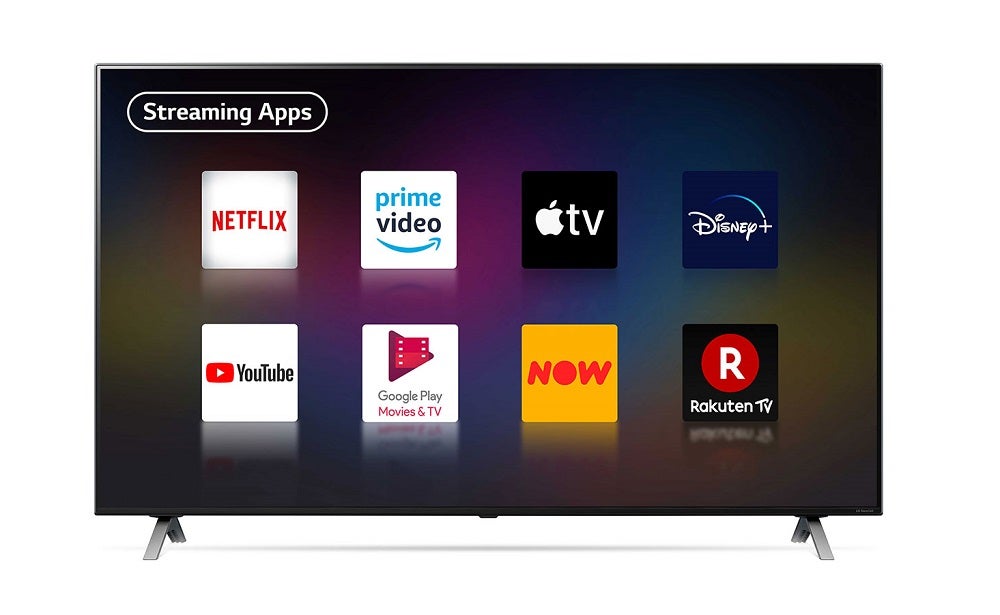
Stepping down in quality results in, well, a step-down in quality. A 1080p Blu-ray disc of The Coen Brothers’ True Grit still enjoys plenty of detail (except in black tones, which are beginning to become quite overtly crushed by the LG), impressive colour balance and remarkably assured motion-handling. There remains a decent dynamism to contrasts, despite the increasing uniformity of black shades. And although picture noise starts to assert itself somewhat, the overall presentation is composed.
However, anything of a lesser quality than this is treated quite dismissively. Bog-standard DVDs or, heaven forbid, standard-definition off-air broadcasts can look a mess: ample picture noise, jagged and uncertain edge definition and a major reduction in detail levels are the order of the day. Colours lose subtlety, white tones become bleached and featureless, and the basic watchability of the LG suffers as a consequence.
Sound quality
- Sounds better than expected
- Good with high-frequencies
The 65NANO906 is fitted with a couple of downward-firing full-range drivers, powered by a total of 20 watts. It isn’t that promising a specification for a TV of this size, even if the ability to understand audio codecs up to and including Dolby Atmos is welcome.
And in practice, the LG turns out to be one of the better-sorted and better-sounding TVs of its type. There’s a hint of low-frequency presence and weight, some well-judged bite and attack at the top end, and the mid-range is prodded forward a sensible amount to ensure dialogue is front-and-centre. And there is an auto-calibration feature in the pipeline for the near future, too, to allow the 65NANO906 to take its specific environment into account.
None of this means you shouldn’t consider a modest soundbar as a more-or-less compulsory purchase, of course. It’s just that you won’t be offended by the sound the LG makes while you’re waiting for it to arrive.
You should buy it if…
-
You want a big, affordable telly
The LG 65NANO906 is a big TV that looks great with 4K content, promises a brilliant next-gen gaming experience and doesn’t cost an arm and a leg.
-
You want lost of features in one TV
The LG is also a feature-packed TV with plenty of smarts, support for the in-vogue picture modes, as well as plenty of avenues to customise picture quality, which you’ll need to sort out its black tones.
You should not buy if…
-
You want better sound and user interface
The Samsung QE65Q80T offers better sound than the LG, a superior user interface, and it doesn’t ride roughshod over black-tone detail either. But it does cost more money.
-
An OLED interests instead
There is, of course, LG’s own BX OLED. The 55-inch TV can be had for a similar price, but as an OLED screen, it’s smaller where depth is concerned. In addition, it has proper command of the black tones it generates and it has next-gen features for gaming.
FAQs
Yes, the LG 65NANO906 features voice control with both Google Assistant and Amazon Alexa available.
No, the LG 65NANO906 does not have Freeview Play.
The LG 65NANO906 features HLG, HDR10 and Dolby Vision HDR modes.
Specifications
Jargon buster
Dolby Vision
Dolby Vision is a variant of HDR, adding a layer of dynamic metadata to the core HDR signal. This dynamic metadata carries scene-by-scene (or frame-by-frame) instructions from content creators on how a TV should present the images to improve everything from brightness to contrast, detailing and colour reproduction.
HLG (Hybrid-Log Gamma)
HLG is a HDR format co-developed by the BBC and Japanese national broadcaster NHK for transmission of broadcast and live streamed content in HDR. It’s backwards compatible with SDR transmission standards, enabling people without a HDR TV to receive the same feed but downsampled.
Filmmaker Mode
Filmmaker Mode is a picture mode supported by some TV manufacturers that disables post-processing features (e.g. motion smoothing), and preserves the correct aspect ratios, colours and frame rates that respects the original author’s creative intent.
Upscaling
Upscaling refers to the process whereby a TV receives an image lower than its native resolution and fills in the missing information to create an image. Upscaling effectively guesses which pixels go where to make up the new image. The better the upscaler, the better the resulting image and with the advent of artificial intelligence, it has helped to make for more sophisticated guesses.
eARC
eARC (Enhanced Audio Return Channel) is the update to ARC and it boosts the bandwidth and speed, making room for object-based audio surround formats such as DTS:X and Dolby Atmos to be sent directly to an AV receiver/soundbar.
Dolby Vision IQ
Dolby Vision IQ is an advanced version of the standard Dolby Vision signal. It uses the metadata within its own HDR signal in conjunction with a TV’s light sensor to detect how bright or how dark a room is in order to optimise the picture quality so content retains consistent luminance (brightness) and detail no matter how bright or dark the room is.

